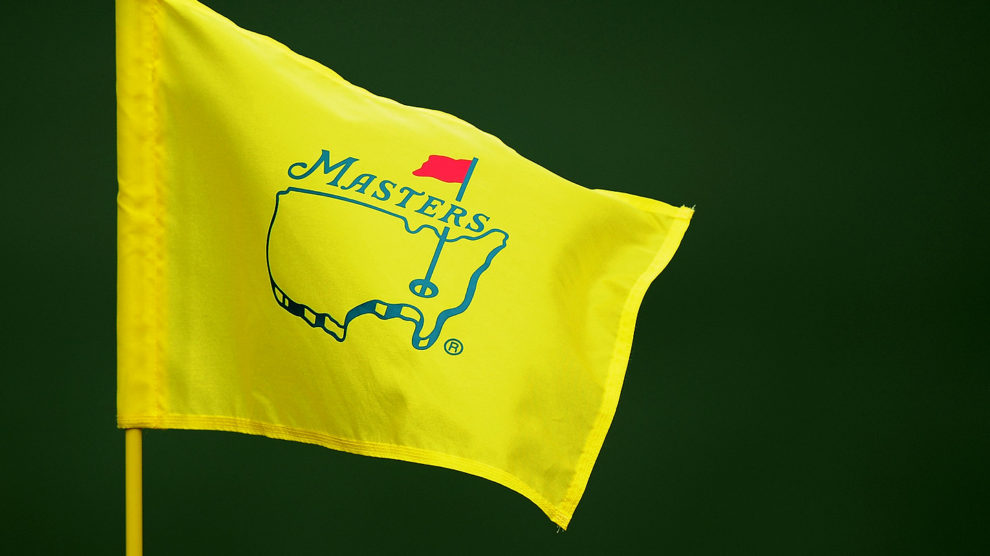Amen Corner at Augusta National Golf Club, home of the Masters Tournament, is the best-known three-hole stretch of golf in the world. Of course, the Amen Corner name isn't why. The holes themselves -- Nos. 11, 12 and 13 -- are two of the three toughest holes historically in the Masters, and they've collectively produced some of the greatest drama in tournament history.
Masters playoffs have been settled on Nos. 11. Hero shots have been hit there to spur incredible rallies.
No. 12 is where Jordan Spieth lost the Masters in 2016 and where Fred Couples' ball stayed on the bank in 1992. Tiger Woods won the 2019 Masters thanks in large part to the 12th hole.
The 13th hole has seen incredible magic. For better and for worse, the fate of the Masters has often been settled at Amen Corner -- even with the reachable par-5 15th still to come at Augusta National.
Why is that three-hole stretch called that?
How did Amen Corner get its name?
Amen Corner got its name from all-time great sportswriter Herbert Warren Wind who coined the term during the 1958 Masters, appearing in his Sports Illustrated game story from that event published a few weeks after the tournament. Here's the passage where he concocted the phrase from the start of the piece:
"On the afternoon before the start of the recent Masters golf tournament, a wonderfully evocative ceremony took place at the farthest reach of the Augusta National course—down in the Amen Corner where Rae's Creek intersects the 13th fairway near the tee, then parallels the front edge of the green on the short 12th and finally swirls alongside the 11th green."
As it turns out, Wind didn't actually think of Amen Corner as Nos. 11, 12 and 13 as most people do these days. Wind meant a specific stretch of these three holes: from the second shot on No. 11, hitting toward a water-guarded green, to the whole playing of the par-3 12th over Rae's Creek, and ending with the tee shot on the par-5 13th.
Nowadays, the meaning of Amen Corner has crept out to include all of 11 and 13.
Arnold Palmer won that 1958 Masters -- the first of four he would win consecutive even-numbered years. Palmer won with some controversy, when he chose to play a second ball on the par-3 12th in the final round after an official ruled he could not take relief from what he thought was an embedded ball behind the green. With the second ball, he made 3. On the 13th, Palmer made eagle 3. Afterward, on the 15th hole, Palmer was deemed right. The par counted, and he won. Ken Venturi, who played with Palmer, disputed that ruling for years.
Wind was trying to think of a name that had corner in it that made sense to describe what had happened there. He could only think of an old jazz record he knew, on which there was a catchy song "Shouting in the Amen Corner."
The name stuck.

